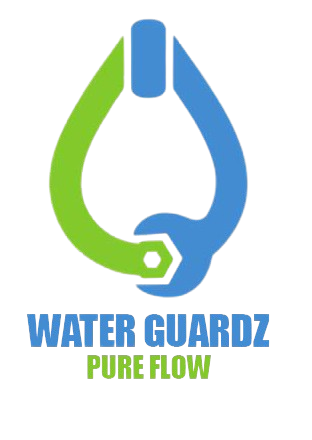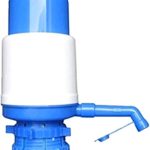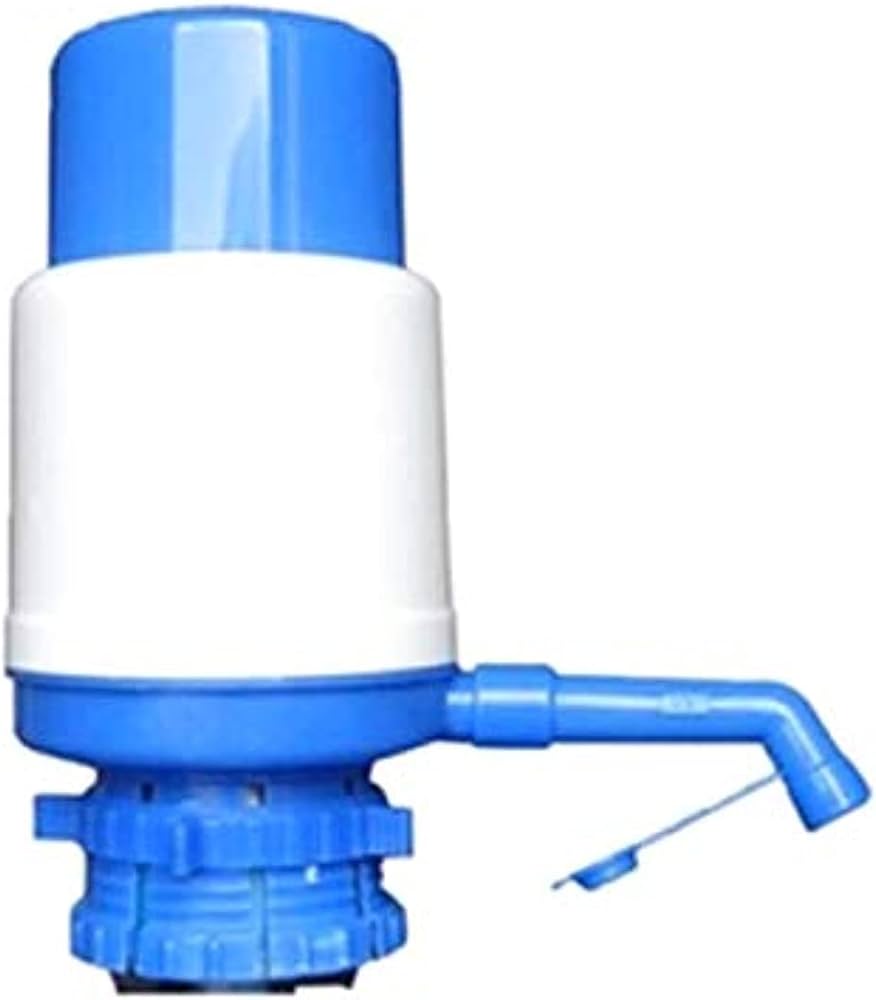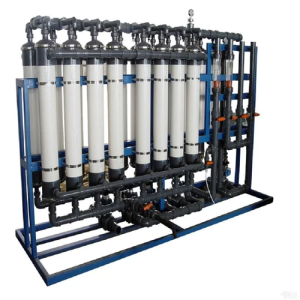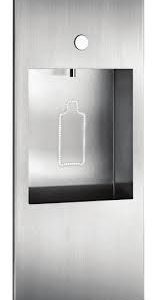Description
-
Water pumps are mechanical devices designed to move water from one location to another, commonly used for residential, commercial, agricultural, and industrial applications.
-
How They Work: Water pumps operate by creating pressure differences to transport water through pipes or hoses, using mechanical or electrical energy.
-
Types of Water Pumps: The main categories include centrifugal pumps, positive displacement pumps, submersible pumps, and booster pumps.
-
Centrifugal Pumps: These pumps use a rotating impeller to generate centrifugal force, moving water efficiently in high-flow, low-pressure applications.
-
Positive Displacement Pumps: These pumps use pistons, gears, or diaphragms to move a fixed volume of water, ideal for applications requiring consistent pressure.
-
Submersible Pumps: Fully submerged in water, these pumps push water to the surface and are commonly used for wells, sewage, and drainage systems.
-
Booster Pumps: These pumps increase water pressure in plumbing systems, ensuring adequate flow for homes, irrigation, and industrial processes.
-
Power Sources: Water pumps can be powered by electricity, gasoline, diesel, solar energy, or manually, depending on the application.
-
Residential Applications: Used for home water supply, sump pumps for basement drainage, and boosting water pressure in plumbing systems.
-
Agricultural Use: Essential for irrigation, livestock watering, and transferring water from wells, rivers, or reservoirs to fields.
-
Industrial Applications: Used in construction, wastewater treatment, power plants, and manufacturing facilities for water circulation and distribution.
-
Well Water Pumps: Specialized pumps such as jet pumps and submersible well pumps are used to extract water from underground sources.
-
Maintenance Requirements: Regular inspection, lubrication, and cleaning of pump components are necessary to ensure efficiency and longevity.
-
Common Issues: Problems such as cavitation, clogging, motor failure, and pressure loss may require troubleshooting and repairs.
-
Energy Efficiency: Advances in pump design, such as variable speed drives (VSDs), improve energy efficiency and reduce operational costs.
-
Cost Considerations: The price varies based on pump type, size, power source, and installation requirements, with larger pumps being more expensive.
-
Environmental Impact: Efficient pump systems reduce energy consumption and water waste, contributing to sustainable water management.
-
Future Innovations: Smart pumps with automation, IoT integration, and solar-powered options are enhancing efficiency and performance.
-
Conclusion: Water pumps play a crucial role in water supply and distribution across various industries, ensuring reliable access to water for multiple applications.
